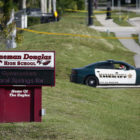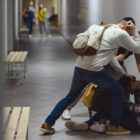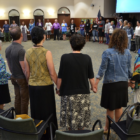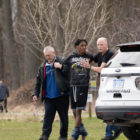
Connecticut’s turnaround of troubled juvenile system sets a standard, says justice-equity organization
|
Connecticut has turned its troubled juvenile facilities into what federal officials have cited as exemplary national models. Staffing is up dramatically, in part because directors talked to employees about their worries and took steps to solve them. The strategy helped reduce confrontations and brought the Hartford center national recognition this year from Performance-based Standards, which works to improve juvenile justice outcomes and equity.








